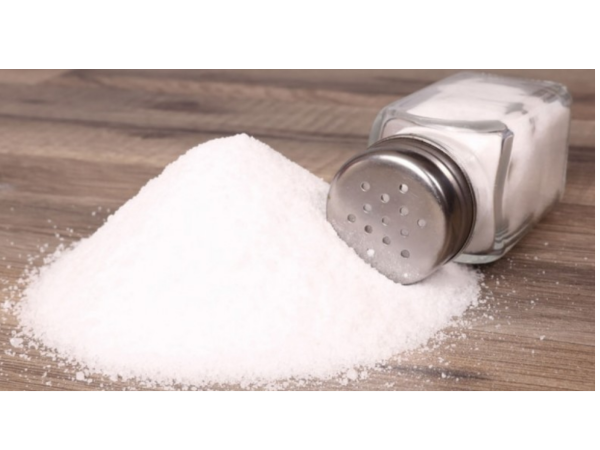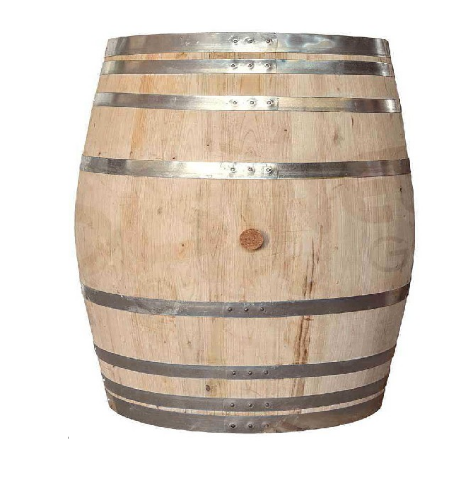Introduction
Salt is used in different doses depending on storage needs. At 2% (by mass), it slows the development of certain microorganisms and will bring a salty taste. On the other hand, in high doses, it will destroy almost all of the microorganisms. By reducing the product's water activity,
this process slows or stops microbial development. There are two systems: salting (or salting) and brining. These
techniques are used in cheese making, delicatessen and for certain species of fish (herring, salmon ...). Finally, according to traditional recipes, smoking can be associated with it.Étape 1 - Preamble
Some pre-harvest foodstuffs require pre-processing
(pour la viande, le poisson ..)
Étape 2 - Methode de conservation
Pour la viande est frottée avec du sel et des cendres de bois et répétée
plusieurs fois sur plusieurs jours. La couche de cendre aide à absorber
l'humidité et le sel à absorber l'eau des aliments, ce qui rend les
aliments conservés longtemps et difficiles à décomposer. Compresser et répéter plusieurs fois. Conserver dans un récipient fermé.
Notes et références
Avantages:
- Le sel est facile à trouver, bon marché, facile à préparer.
- Conservé longtemps
Inconvénients:
- Il y a un changement de goût dû au stockage du sel.
- Pour la méthode de saumurage, certains additifs approuvés peuvent être nocifs pour la santé (pour les personnes souffrant de problèmes
d'estomac ou digestifs).
- Côté nutritionnel, l’altération des nutriments (vitamines et oligo-éléments) est significative.
- Pré-traitement (lavé) avant le traitement, éviter une utilisation directe.
Draft


 Français
Français English
English Deutsch
Deutsch Español
Español Italiano
Italiano Português
Português